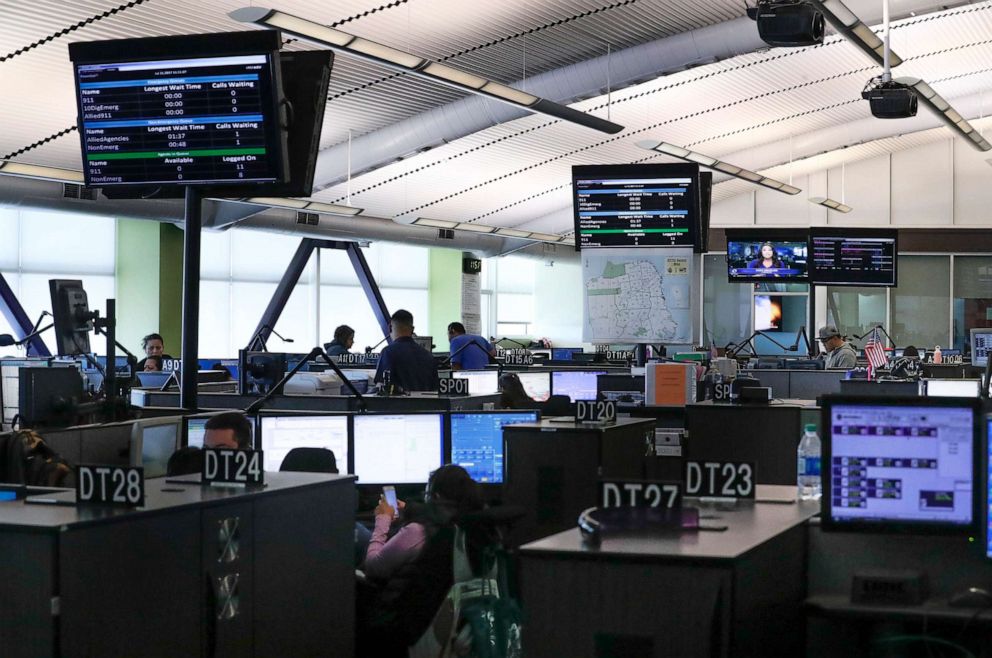Inside the Staffing Crisis at 911 Dispatch Centers: Understanding the Critical Disparities Between Life and Death
When emergencies strike, people rely on 911 dispatch centers to provide immediate assistance and ensure their safety. These centers serve as the first point of contact for individuals in distress, connecting them with the appropriate emergency services. However, a growing staffing crisis is threatening the effectiveness and efficiency of these vital operations, potentially leading to critical disparities between life and death.
911 dispatch centers are facing a shortage of qualified personnel across the United States. The demand for emergency services has been steadily increasing, driven by population growth, urbanization, and an aging population. Simultaneously, the turnover rate among dispatchers is alarmingly high due to factors such as stress, burnout, and low wages. This combination of increased demand and limited resources has created a perfect storm, leaving dispatch centers struggling to meet the needs of their communities.
One of the primary consequences of the staffing crisis is prolonged response times. When understaffed, dispatch centers may experience delays in answering calls, resulting in longer wait times for individuals in urgent situations. These delays can have severe consequences, particularly in life-threatening emergencies such as heart attacks, strokes, or accidents where every second counts. The difference between a prompt response and a delayed one can be the difference between life and death.
Moreover, the shortage of dispatchers can lead to increased call abandonment rates. When callers are put on hold for extended periods or disconnected due to lack of available personnel, they may become frustrated or lose faith in the system. This can discourage individuals from seeking help when they need it most, potentially exacerbating the severity of their situation.
The staffing crisis also impacts the mental well-being of dispatchers themselves. Dispatchers are exposed to traumatic events on a daily basis, listening to distressing calls and providing guidance during life-threatening situations. The emotional toll of this work can lead to high levels of stress, anxiety, and post-traumatic stress disorder (PTSD). Without adequate staffing levels, dispatchers may not have sufficient time to recover from these traumatic experiences, further contributing to burnout and turnover.
To address this crisis, several measures can be taken. First and foremost, increased funding is needed to attract and retain qualified personnel. Higher wages and improved benefits can make the profession more appealing, reducing turnover rates and ensuring a stable workforce. Additionally, investing in technology and training can enhance the efficiency of dispatch centers, enabling dispatchers to handle calls more effectively and reducing response times.
Furthermore, mental health support programs should be implemented to assist dispatchers in coping with the emotional toll of their work. Regular debriefings, counseling services, and peer support networks can help alleviate the stress and trauma experienced by dispatchers, improving their overall well-being and job satisfaction.
In conclusion, the staffing crisis at 911 dispatch centers poses a significant threat to public safety. Prolonged response times, increased call abandonment rates, and the mental health impact on dispatchers all contribute to critical disparities between life and death. Addressing this crisis requires increased funding, improved wages and benefits, enhanced technology and training, and comprehensive mental health support programs. By investing in these areas, we can ensure that 911 dispatch centers have the resources they need to provide efficient and effective emergency services, ultimately saving lives.



